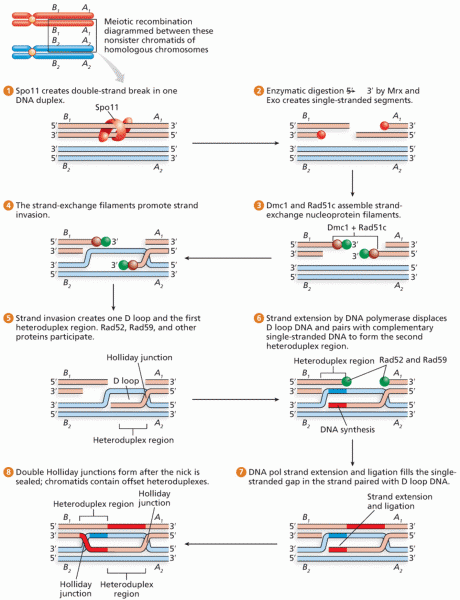Answer to Question 1
Answer: Thomas and Chess proposed a goodness-of-fit model to explain how temperament and environment can together produce favorable outcomes. If a childs disposition interferes with learning or getting along with others, adults must gently but consistently counteract the childs maladaptive style. Goodness of fit involves creating child-rearing environments that recognize each childs temperament while simultaneously encouraging more adaptive functioning. Difficult children (who withdraw from new experiences and react negatively and intensely) frequently experience parenting that fits poorly with their dispositions. As infants, they are less likely to receive sensitive caregiving. By the second year, their parents tend to resort to angry, punitive discipline, which undermines the development of effortful control. As the child reacts with defiance and disobedience, parents become increasingly stressed. As a result, they continue their coercive tactics and also discipline inconsistently, at times rewarding the childs noncompliance by giving in to it. These practices sustain and even increase the childs irritable, conflict-ridden style. In contrast, when parents are positive and sensitive, which helps infants and toddlers regulate emotion, difficultness declines by age 2 or 3. In toddlerhood and childhood, parental sensitivity, support, clear expectations, and limits foster effortful control, also reducing the likelihood that difficultness will persist and lead to emotional and social difficulties.
Answer to Question 2
Answer: Temperament involves early-appearing, stable individual differences in reactivity and self-regulation. Reactivity refers to quickness and intensity of emotional arousal, attention, and motor activity. Self-regulation refers to strategies that modify that reactivity. The psychological traits that make up temperament are believed to form the cornerstone of the adult personality. When we describe one person as cheerful and upbeat, another as active and energetic, and still others as calm, cautious, persistent, or prone to angry outbursts, we are referring to temperament.
Researchers Alexander Thomas and Stella Chess developed a model of temperament that inspired all others that followed. Thomas and Chess identified the difficult child as irregular in daily routines, slow to accept new experiences, and tending to react negatively and intensely. The difficult pattern has sparked the most interest because it places children at high risk for adjustment problemsboth anxious withdrawal and aggressive behavior in early and middle childhood. Nevertheless, the difficult label has been criticized because judgments of child difficulty vary widely across caregivers and cultures.







